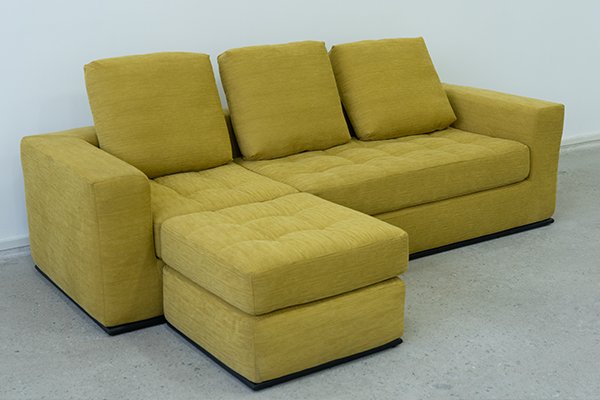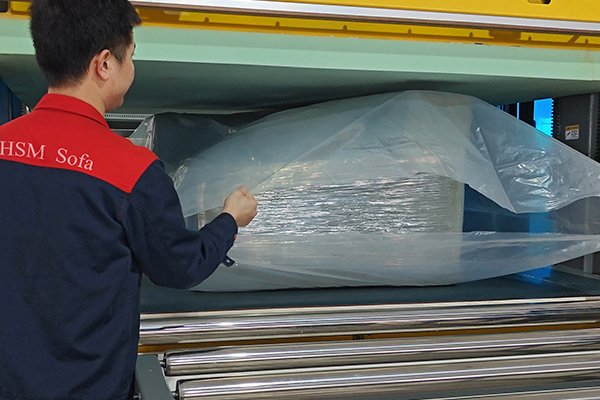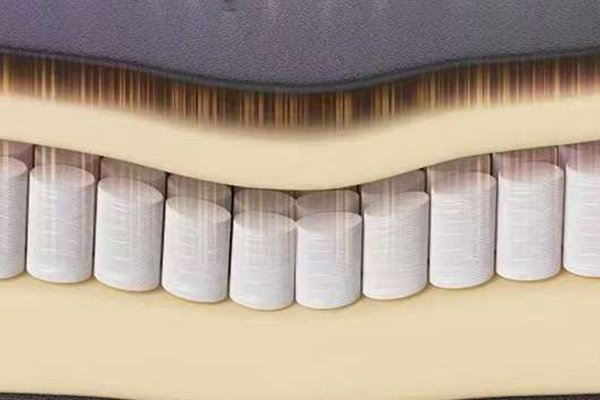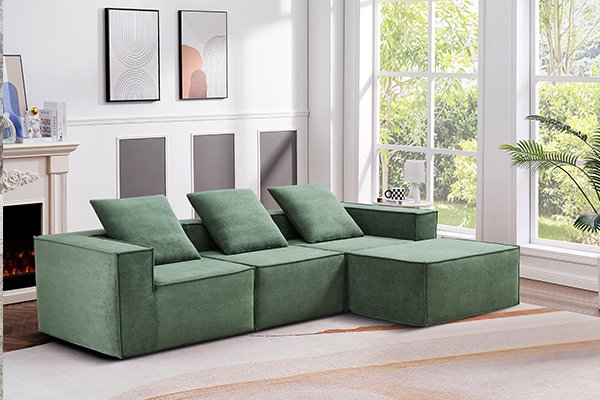
Creating the perfect sofa is an art. From its design to the materials used, every detail contributes to its overall comfort. Among these factors, foam thickness plays a critical role in determining how comfortable a sofa feels and how well it performs over time. In this article, I’ll explore the relationship between foam thickness and sofa comfort, shedding light on how to make the best choice for your furniture needs.
Foam thickness impacts both comfort and durability. Choosing the right thickness ensures proper support, softness, and longevity, making it a crucial factor for sofa comfort.
When selecting foam for a sofa, it's not just about the density or material—thickness influences how it feels when you sit and how well it holds up over time. Let’s dive deeper into this important aspect of sofa design.
What Role Does Foam Thickness Play in Sofa Comfort?

The thickness of foam affects how well it supports the body and how plush the seating feels. Too thin, and the sofa may feel hard and uncomfortable; too thick, and it might lack the proper balance for support.
The ideal foam thickness provides a balance between softness and structure, ensuring that the sofa is both inviting and functional.
Dive Deeper: Why Does Thickness Matter?
-
Support and Longevity: Thicker foam offers more material to absorb weight and pressure, preventing sagging over time. This is particularly important for high-traffic areas like living rooms or office lounges.
-
Cushioning Comfort: For sofas designed for relaxation, a thicker foam layer enhances the plush feel, making it more enjoyable for extended use.
-
Custom Fit: Thicker foam can be tailored for specific uses, such as firmer backrests or softer seat cushions, providing versatility for different seating experiences.
How Does Foam Thickness Vary for Different Sofa Uses?

Sofas are designed for various purposes, from casual lounging to formal seating. Foam thickness plays a key role in tailoring the sofa to its intended function.
Matching foam thickness to usage ensures the sofa delivers the right comfort level for its purpose.
Dive Deeper: Best Practices for Foam Thickness by Use
| Sofa Type | Recommended Foam Thickness | Purpose |
|---|---|---|
| Casual Lounging Sofa | 4-6 inches | Maximum comfort for extended relaxation. |
| Formal Living Room Sofa | 3-5 inches | A balance of elegance and support. |
| Sofa Beds | 6-8 inches | Dual-purpose comfort for sitting/sleeping. |
| Office Reception Seating | 3-4 inches | Durable and moderately firm. |
By adjusting the thickness for specific applications, sofas can deliver the ideal level of comfort and support.
What Are the Benefits of Thicker Foam?

Thicker foam cushions are often associated with premium-quality sofas. Here’s why:
Thicker foam cushions enhance durability, support, and luxury, making them an excellent choice for high-traffic or premium seating.
Dive Deeper: Key Benefits of Thicker Foam
-
Enhanced Durability: Thicker foam layers resist compression and wear better, ensuring your sofa lasts longer without sagging or losing shape.
-
Luxurious Comfort: A generous layer of foam provides a plush, inviting feel, ideal for creating a high-end look and feel.
-
Improved Support: Thicker foam distributes weight evenly, reducing pressure points and offering better support for the back and hips.
Are There Drawbacks to Too Much Foam Thickness?

While thicker foam has many benefits, it’s possible to overdo it. Excessive thickness can create challenges in terms of ergonomics and design.
Overly thick foam can reduce support and make a sofa less practical or aesthetically pleasing.
Dive Deeper: Potential Issues with Overly Thick Foam
-
Lack of Ergonomic Support: Extremely thick foam can feel too soft, causing poor posture and discomfort over time.
-
Design Constraints: Thick cushions may appear bulky, clashing with sleek, modern designs.
-
Cost Efficiency: Thicker foam is more expensive, which might not align with all budgets or applications.
How Do We at HSM Optimize Foam Thickness for Comfort?
At HSM, we understand the importance of foam thickness in creating the perfect sofa. Our expertise lies in balancing foam thickness, density, and material for every sofa we produce.
We tailor foam thickness to meet specific customer needs, ensuring a balance of comfort, durability, and design.
Our Process for Foam Optimization
-
Purpose Analysis: We assess the sofa’s intended use to determine the ideal foam thickness.
-
Material Selection: We pair the foam thickness with the appropriate density, ensuring the sofa feels just right.
-
Testing and Feedback: Every design is tested to ensure it meets our high standards for comfort and support.
Conclusion
Foam thickness is a critical factor in sofa comfort. By carefully selecting the right thickness for your needs, you can enjoy a sofa that offers the perfect balance of support, durability, and style.
At HSM, we take pride in crafting sofas that not only look great but feel incredible, thanks to our focus on materials and design. Explore our collection to find the ideal sofa for your home or office, designed with your comfort in mind.
Discover the difference a thoughtfully crafted sofa can make with HSM. Your comfort is our priority!